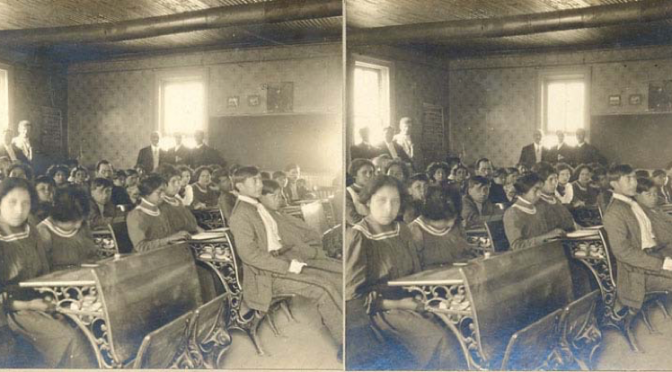Let’s go to Tim Horton’s: A sample of a task
Download PDF
The goal of this paper is to discuss the concept of a task as a pedagogical activity used in the second language (L2) classroom for the purpose of developing the communicative competence of L2 learners. The term task has been widely used in the field of applied linguistics (see e.g., Bygate, Skehan & Swain, 2001; Lightbown & Spada, 2010; Long, 2014; Nunan, 2004; Willis & Willis, 2007). The Canadian Language Benchmarks (CLBs), a document that represents a Canadian language standard for teaching and assessment of English as a Second Language (ESL) in Canada, lists task-based instruction as one of its guiding principles (Center for Canadian Language Benchmarks (CCLB), 2012, p. IX). In addition, Portfolio-Based Language Assessment (PBLA), a new type of assessment recently introduced in federally and provincially funded ESL classes in Canada, Continue Reading →

